Report three from the recent High End Show in Munich by Stuart Smith, Hifi Pig’s editor and Chief Shenanigans Officer and featuring: CH Precision, Wilson Benesch, Etsuro Urushi, Master Built and GIK, Voxativ, Chord Electronics, Tune Audio, Trafomatic, Audiobyte, Rockna and Skogrand, iFi and finally PMC. Read on because one of these provided the highlight of the show for me…and I don’t say that lightly!
CH Precision, Wilson Benesch, Etsuro Urushi, Master Built and GIK
Wilson Benesch are celebrating thirty years of building hifi equipment and at Munich they chose to use their Eminence loudspeakers and GMT turntable. The GMTONE System features a new drive system called the Omega Drive. The Omega Drive is “the world’s first axially orientated, precision magnetically geared turntable drive”. In addition to the Omega Drive, Wilson Benesch has developed the Alpha Isolation System, Piezo VTA System, three new tonearms and a dedicated new cartridge.
The GMTONE System© derives its name from Greenwich Mean Time. The GMT reference is, say the Yorkshire based company, inspired by the novel drive system behind the GMTONE System© which lays claim to being the most accurate drive system ever developed for a turntable. This drive system does not rely upon a belt, it does not rely upon an idler drive, nor a direct drive system. The GMTONE System© deploys a recently patented magnetic gear technology Pricing: unconfirmed but it should be available in Q4 2019.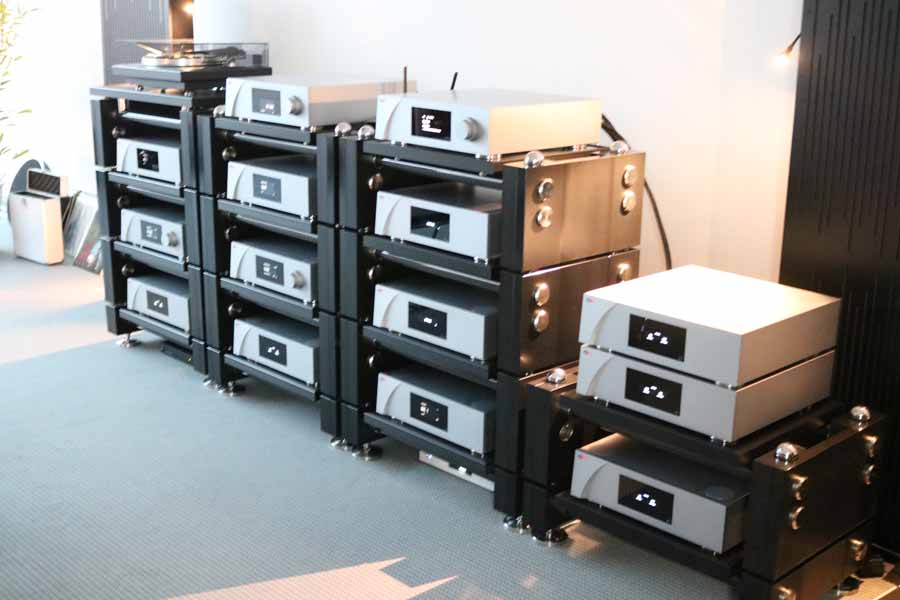
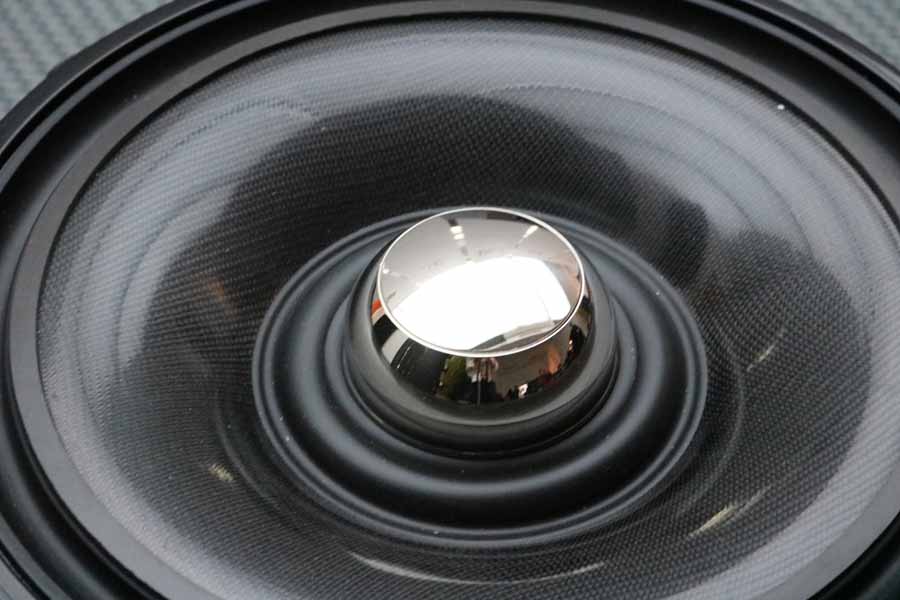
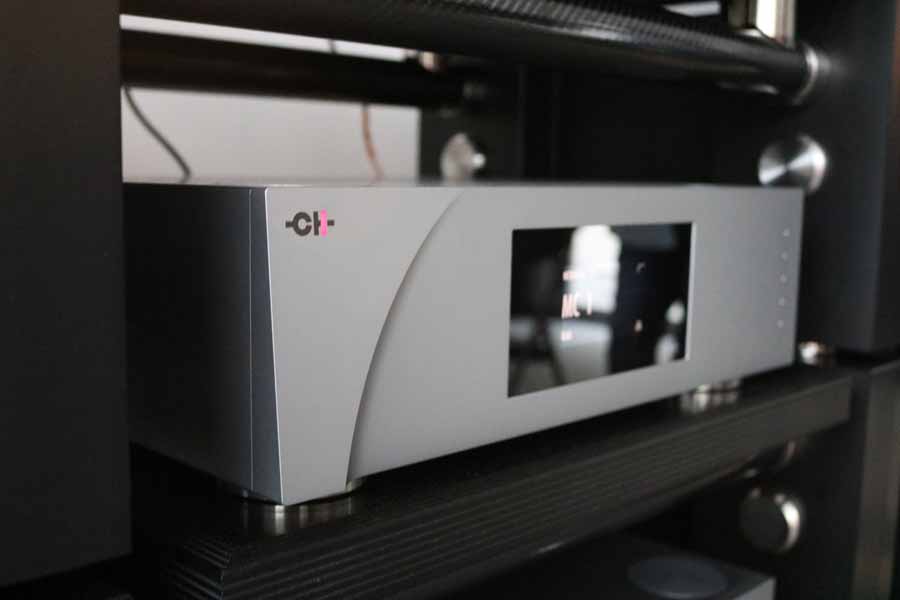

CH Precision from Switzerland provided the electronics in the form of their 1-line (in mono) whilst cabling was provided by Master Built. Cartridge on the turntable was the Etsuro Urushi Gold and room treatment was by GIK,
Now, I’ve owned a Wilson Benesch turntable in the past and immediately regretted selling it, and I know a good few people who use Wislon Benesch loudspeakers, including our own Janine Elliot and Dave Robson, but at shows I’ve often found them to be lacking somewhat, however, at this year’s High End Munich I thought the whole came together really well and offered up a nicely balanced and dynamic system. Perhaps the room treatment by GIK is something more companies should look at when doing shows.
Voxativ
Voxativ used High End Munich to present their new all-in-one Hagen Absolut system.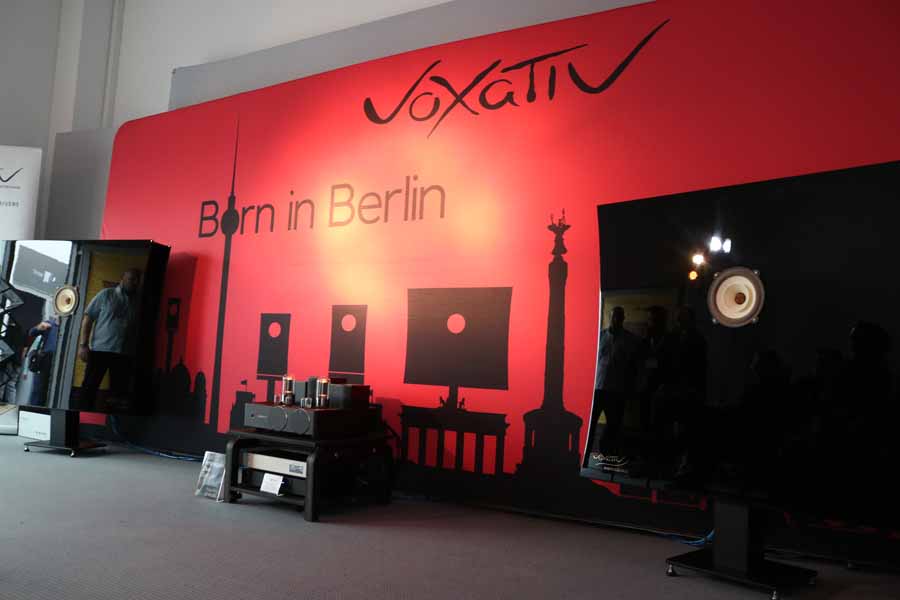
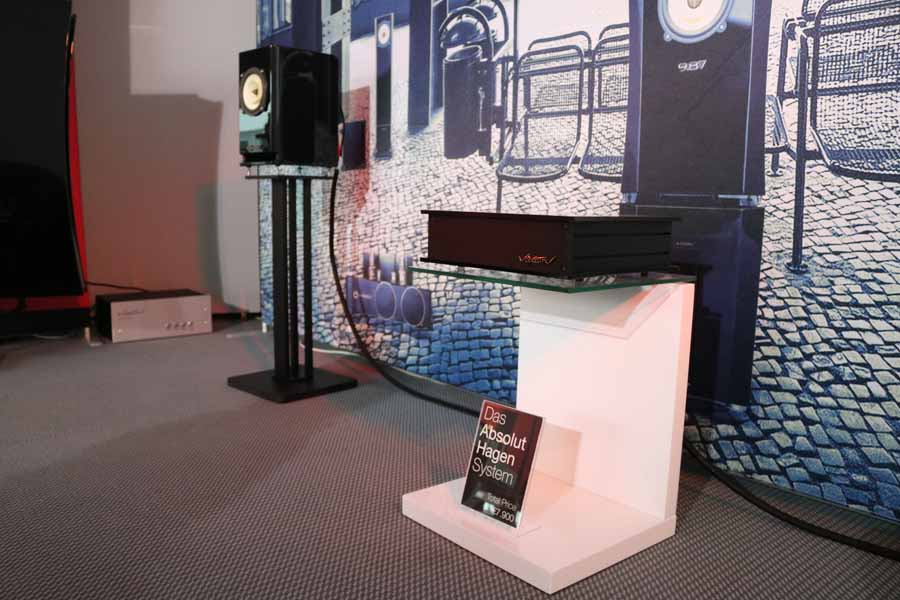
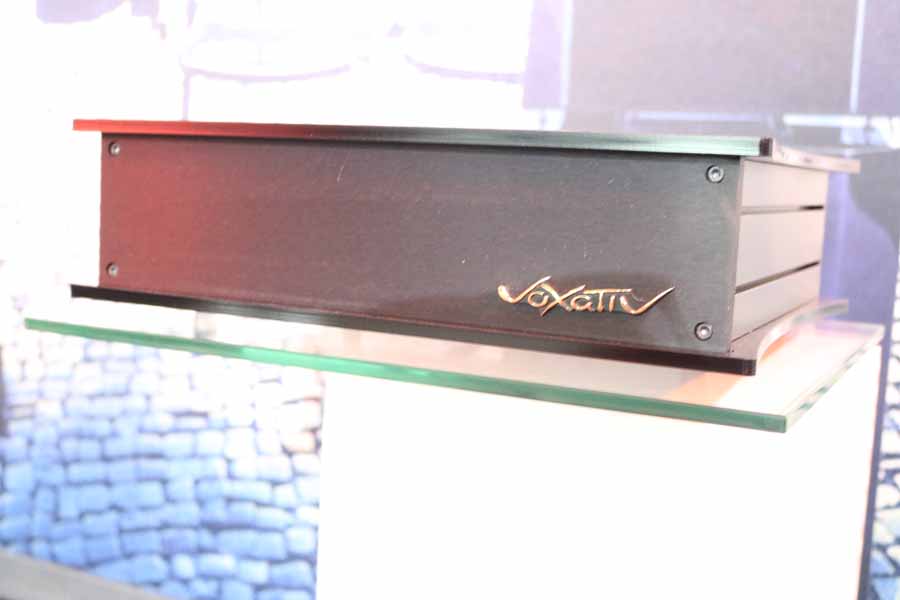
Berlin-born Voxativ GmbH showed off a new line of affordable, plug+play, all-in-one Absolut systems. This is the brand’s first integrated package to include both a pair of Voxativ loudspeakers along with a new integrated amp/DAC. The particular system they had at Munich was the Absolut Hagen system with speakers utilising a 5” single-driver and costing €7,900.
Providing both amplification and digital source capabilities, the accompanying Absolut Box is a new Class A/B integrated amp with built-in DAC optimised to make the most of the designated loudspeaker via amplification power and custom DSP. With the DSP, the handmade 5” drivers are linear down to an 45Hz which is pretty spectacular for such a small loudspeaker.
This is a bit of a departure for Voxativ as it is the company’s first solid state amp, but it is also their first digital source component, allowing for a complete Voxativ system from DAC to drivers. To play music, all you need is a smartphone or computer to losslessly stream your music files or favourite services like Qobuz, TIDAL via Bluetooth Apt-X, WiFi or optical in (also ROON compatible over Wifi.) Additionally, there is an analogue input for the connection of an additional source (like phono-stage, etc.) as well as preamp output for active subwoofer or to be used as a dedicated source output into another amp (like the Voxativ T211 SET Integrated).
According to chief designer Holger Adler (pictured below), “Everything has been optimized to make the most of our horn-loaded wide-banders. To do this, we brought together some of the most verboten audio ingredients – Wifi, Bluetooth, solid-state, DSP, switching power supply – into a very special sounding recipe that challenges conventional audiophile prejudices. No one part makes or breaks a system — it’s how it’s all brought together. We even surprised ourselves.”
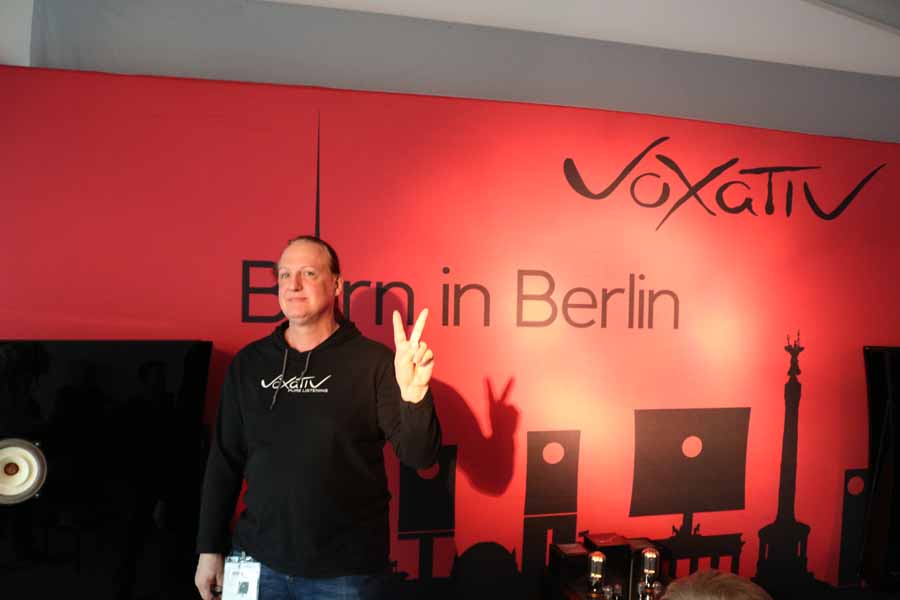
The little system is a very cool introduction to the brand and is very well priced in my opinion. However, the big system that played in the room took my breath away and sounded amazing on the day.
Tune Audio, Trafomatic, Audiobyte, Rockna and Skogrand
This system stole the show for me at last years High End in Munich leaving me in tears – in a good way, though. The system was pretty much as last years and was just as stunning. The speakers are the Tune Audio Avaton (άβατον, ancient Greek, a place that entrance is allowed only for believers) is a three-way, all passive, fully horn loaded loudspeaker. Avaton is the realisation of a five-year development project aiming to deliver a no-compromise horn loudspeaker for large listening rooms.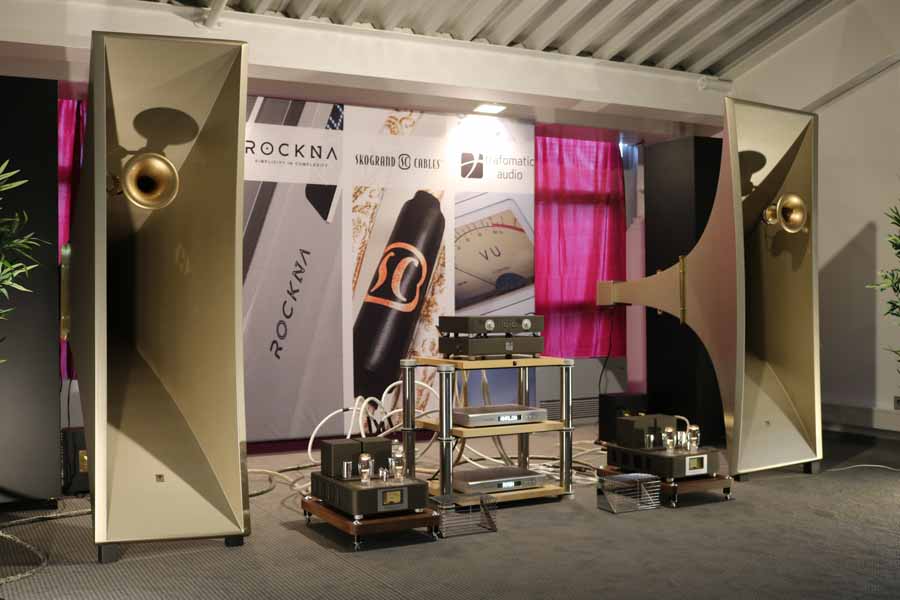

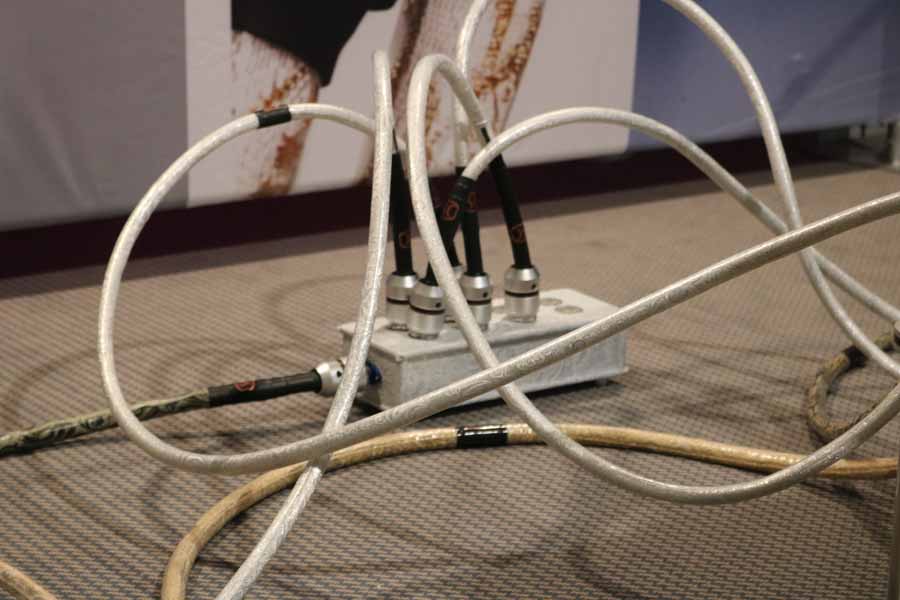
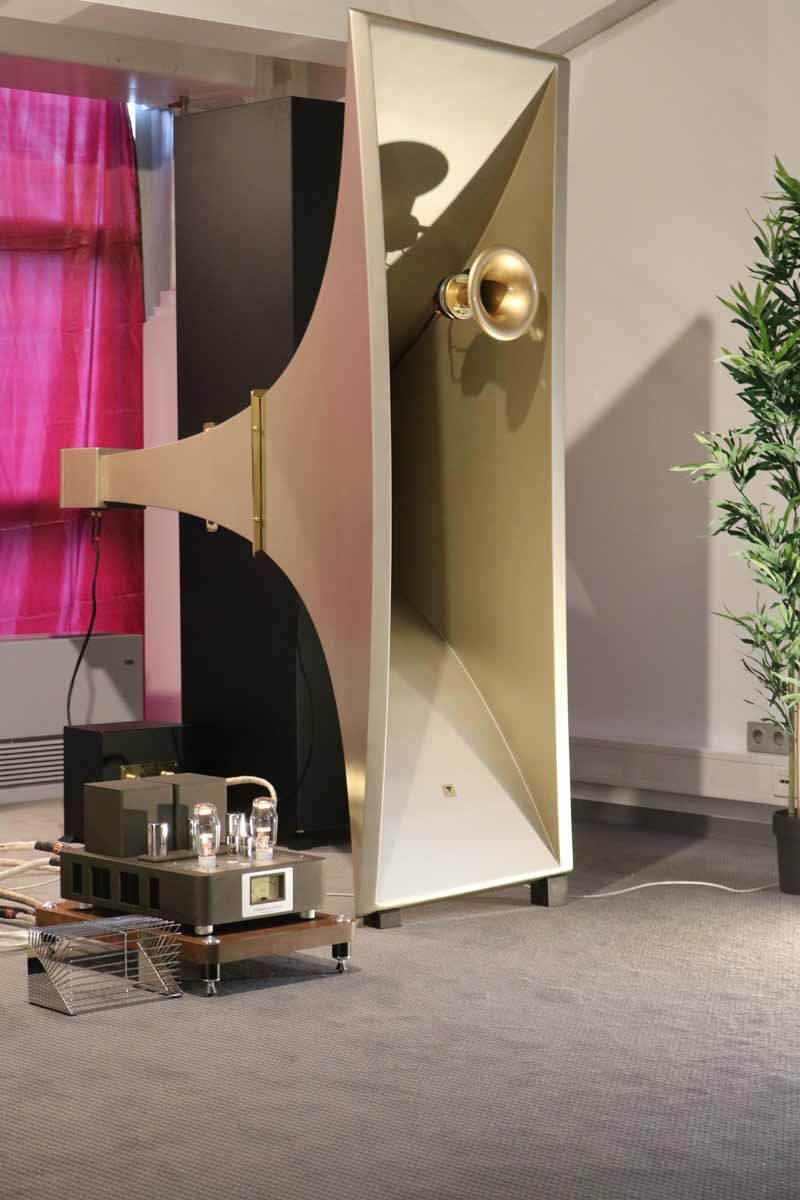
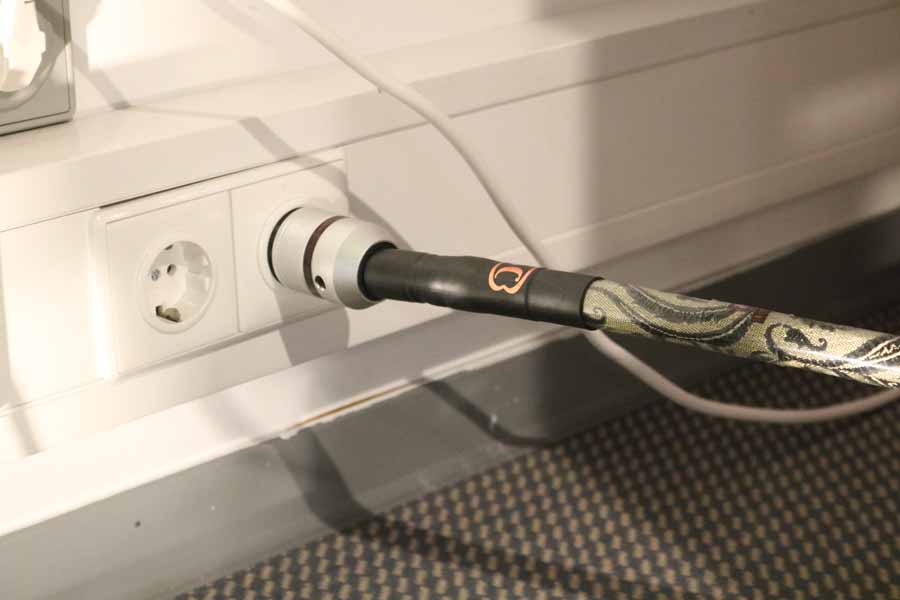
Virtual mouth technology is applied on the bass horn loading which delivers a flat response down to 32Hz. The bass driver is a massive 27KGs 18” unit. The asymmetrical midbass horn has a mouth of 10.000cm2, triple layer build with damping materials between, and, finally, the throat and beginning of the horn are coated with epoxy/CNT compound for extra stiffness. There is a first order cross-over for all three ways, internal cabling with waxed cotton insulated pure copper, graphite coated support feet and many more features. This is a perfect partnership for the Trafomatic amps and the wonderfully beautiful Skogrand cables made by Knut who hails from Norway.
Chord Electronics
Chord Electronics from the UK, who are celebrating thirty years in the business, were kind enough to invite us along to the launch of some new products and it was packed with the great and the good of the Hifi press from around the World (and us) which goes to show how well this British brand are regarded. Beer and wine flowed freely and the whole event was informative and thoroughly enjoyable with me getting the impression that whilst the folk behind the brand do not take themselves too seriously, they take the actual products they produce very seriously. All too often we get invited to events that are stuffy and boring, to the point you can’t wait to leave and end up taking away very little other than the thought that you have just lost an hour that you will never get back…not so here.
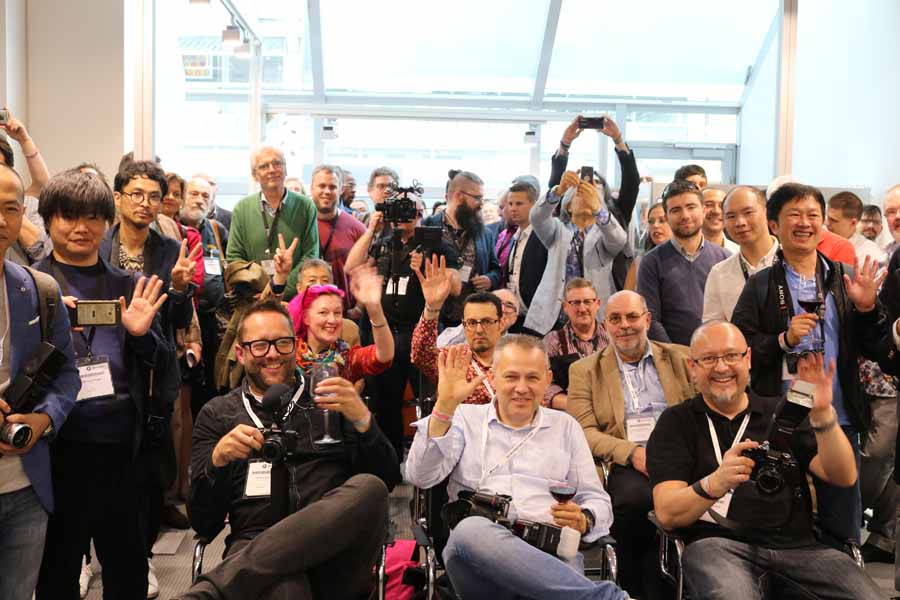
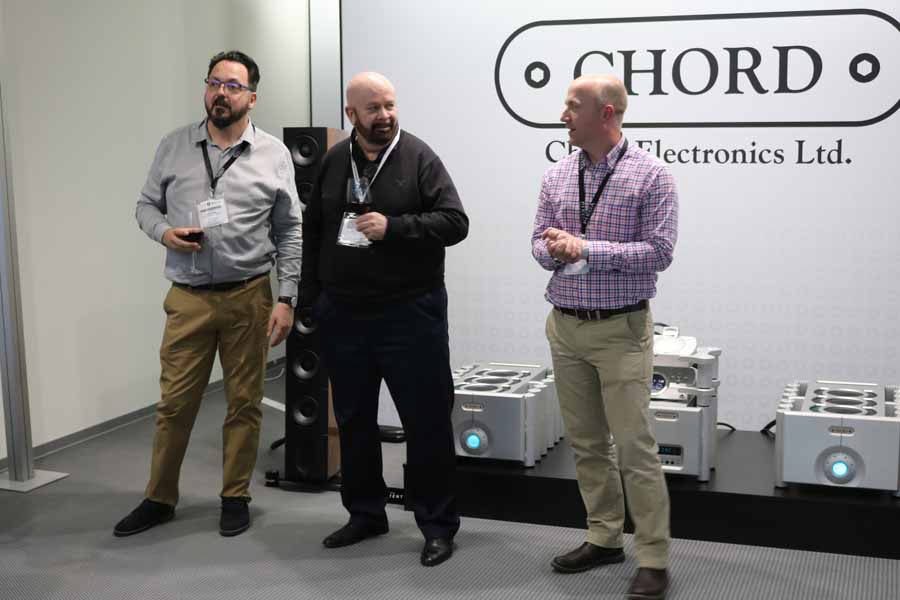
The first unveiling was of the Huei phono preamplifier, a bit of a departure for the company we associate mostly for their fantastic digital products and amplifiers. Huei is entirely conceived, engineered and manufactured in Great Britain and has both Moving Magnet and Moving Coil functionality and offers compatibility with a huge range of cartridges thanks to comprehensive gain and impedance-matching options; Huei’s high- and low-gain switching settings are easily accessible via front-panel controls which is a cool touch – there is even a switchable rumble filter, which again is a nice touch. Chord’s Huei phonostage will cost £990 and will be available in black only in late summer- I’m dying to give it a go but reckon Janine will want to fight me for who gets to review it!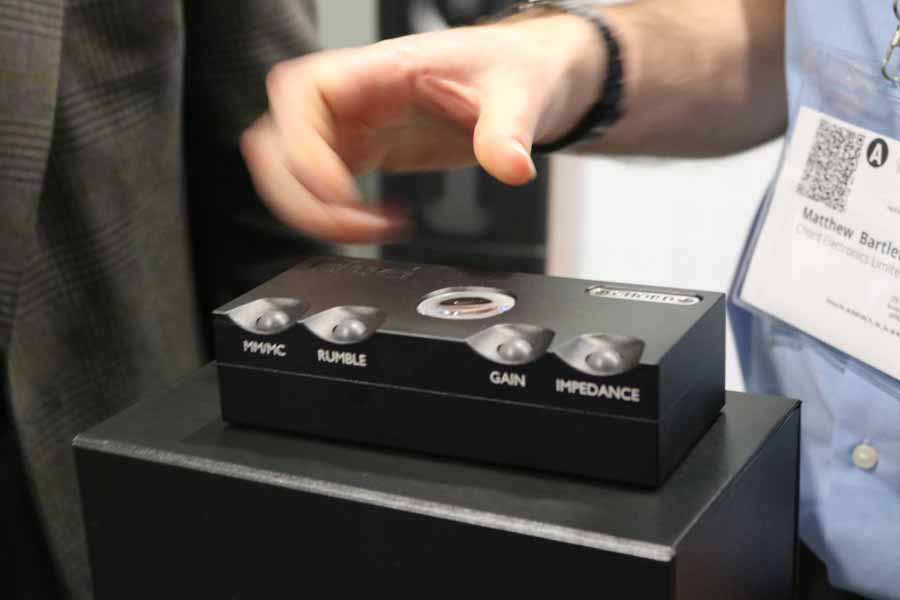
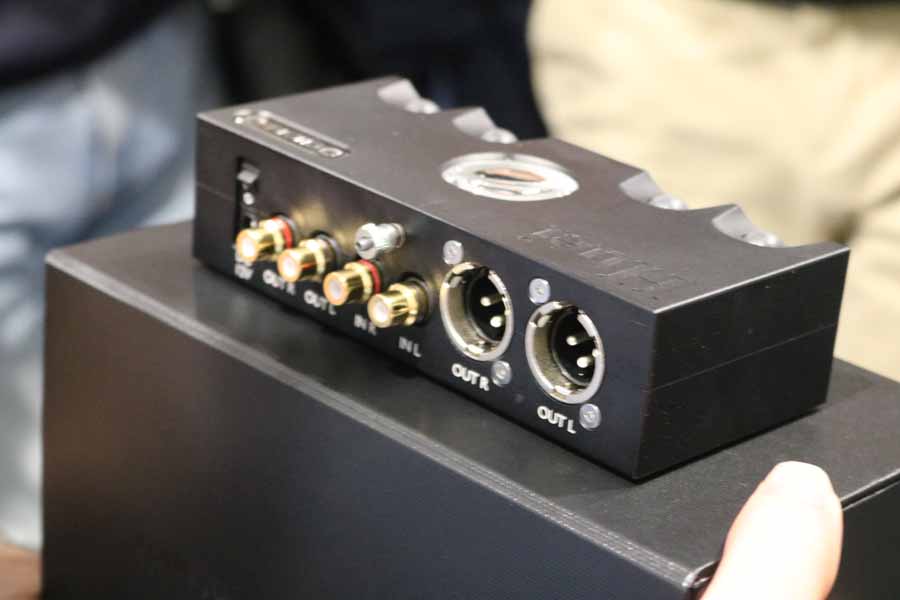
In addition to Huei Chord Electronics has also implemented its flagship ULTIMA amplifier topology into two new mono power amplifiers, the Ultima 2 and Ultima 3. The new 750-watt ULTIMA 2 (£18,360 each) is a direct replacement for the SPM 6000 MKII and forms part of the company’s flagship Reference range; the smaller 480-watt ULTIMA 3 (£11,000 each) replaces the SPM 1400 MKII and sits in the Full Size range. Both amplifiers are ready now.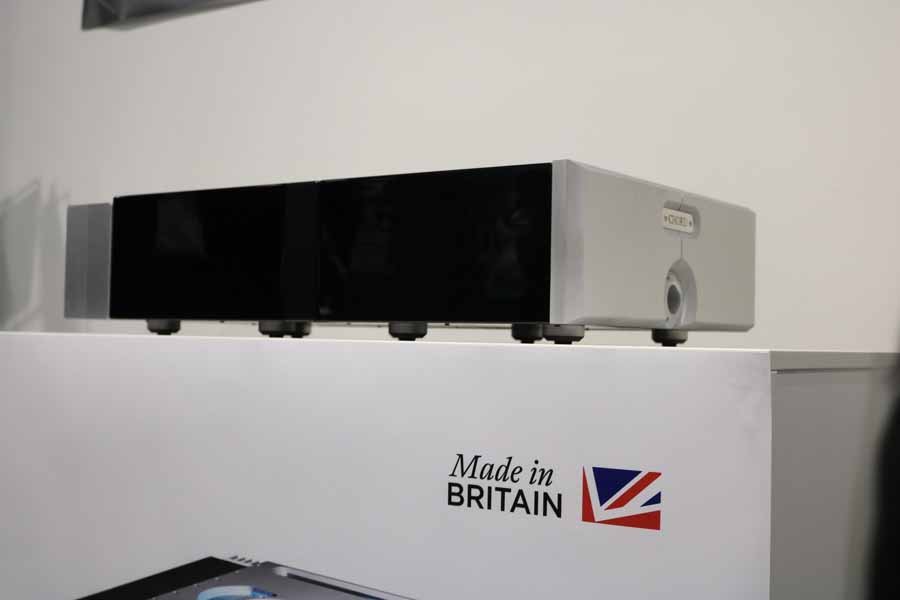
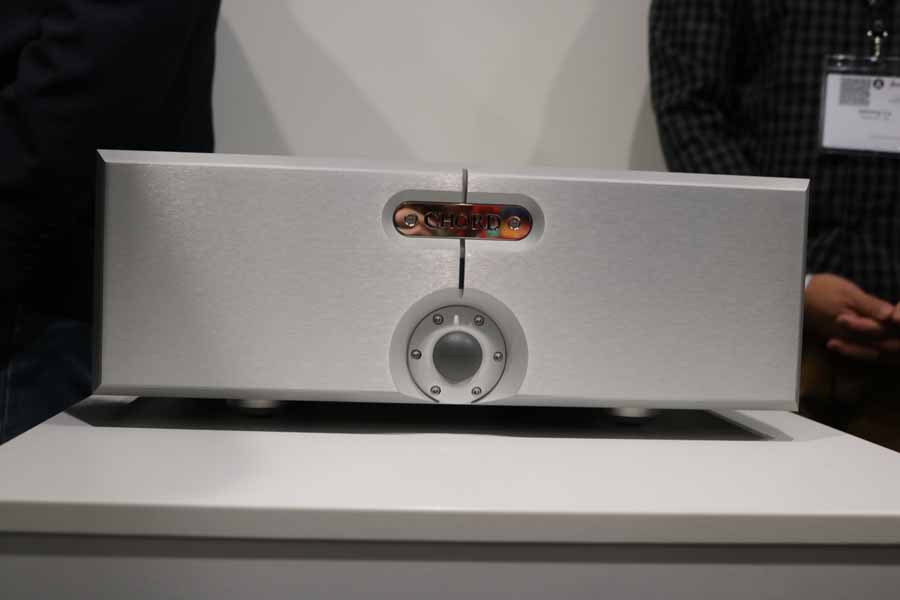

ULTIMA’s technology is based on a technical paper by Dr Malcolm J Hawksford (emeritus professor at Essex University) which was taken up and refined by Bob Cordell of Bell Labs. Chord Electronics’ owner and Chief Designer, John Franks, then took the theory and developed it to a much higher level; a progression of Cordell’s advanced dual-feed-forward error-correction topology incorporating Franks’ own concepts in ultra-high-frequency power supplies, which have been a cornerstone of the company’s proprietary-technology amplifiers since its inception in 1989.
The ULTIMA 2 and 3 mono amplifiers have 32 proprietary MOSFET power devices. The drive circuitry features an ultra-low-distortion, high-voltage amplifier operating at very high speed: 300 volts per microsecond technologies with advanced feed-forward and feedback compensation techniques. It also benefits from Chord Electronics’ TO3-style dual die lateral matched MOSFETs, which are continuously monitored with output stage error-correction circuitry and feature fully balanced input circuitry with DC-tracking servos and full temperature compensation.
Let’s Talk About Specs, Baby!
ULTIMA 2 mono power amp
Output Power: 750W RMS per channel @ 0.05% distortion into 8Ω; 1305w into 4Ω
Frequency Response: -1dB @ 0.2Hz to 46kHz and -3dB 0.1Hz to 200kHz
Signal to Noise Ratio: Better than -89dB
Channel Separation: Better than 90dB
Input Impedance: 100kΩ Unbalanced/Balanced
Output Impedance: 0.04Ω
Gain: 30dB
Dimensions without integra legs: 420mm (w) x 670mm (d) x 310mm (h)
Dimensions with included integra legs: 481mm x 176mm x 681mm
Weight: 86kg
ULTIMA 3 mono power amp
Output Power: 480W RMS per channel @ 0.05% distortion into 8Ω;
Frequency Response: 1dB @ 0.2Hz to 46kHz and -3dB 0.1Hz to 200kHz
Signal to Noise Ratio: Better than -84dB
Channel Separation: Better than 90dB
Input Impedance: 100kΩ Unbalanced/Balanced
Output Impedance: 0.04Ω
Dimensions with included integra legs: 481mm x 176mm x 377mm
iFi
It had been a busy but thoroughly enjoyable day and I really could have done with heading back to the hotel and getting some shut-eye but I’m so pleased I didn’t and accepted Team iFi’s invitation to pop along to see the unveiling of their new product.
Vicky Pickles was an absolute star and coped with the late bus and the subsequent magical mystery tour with brilliant humour and the event itself was great with lovely food and lots of beer and wine – a small mention to Tim from Hashstar for looking after us so well!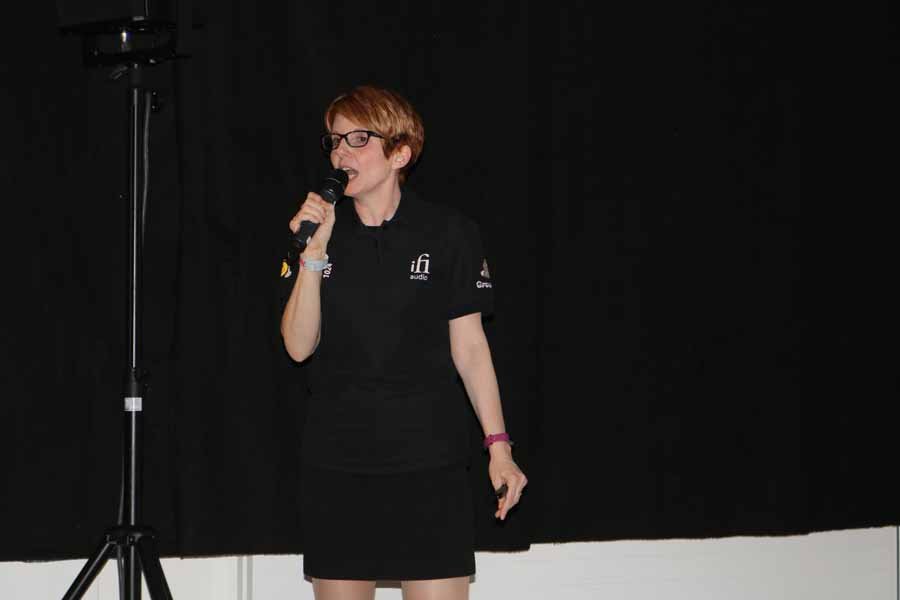
Thorsten Loesch, the guy in the hat and Ifi’s chief engineer, introduced the new product and finally unveiled it, whilst at the same moment sound from the new Aurora filled the very large space.
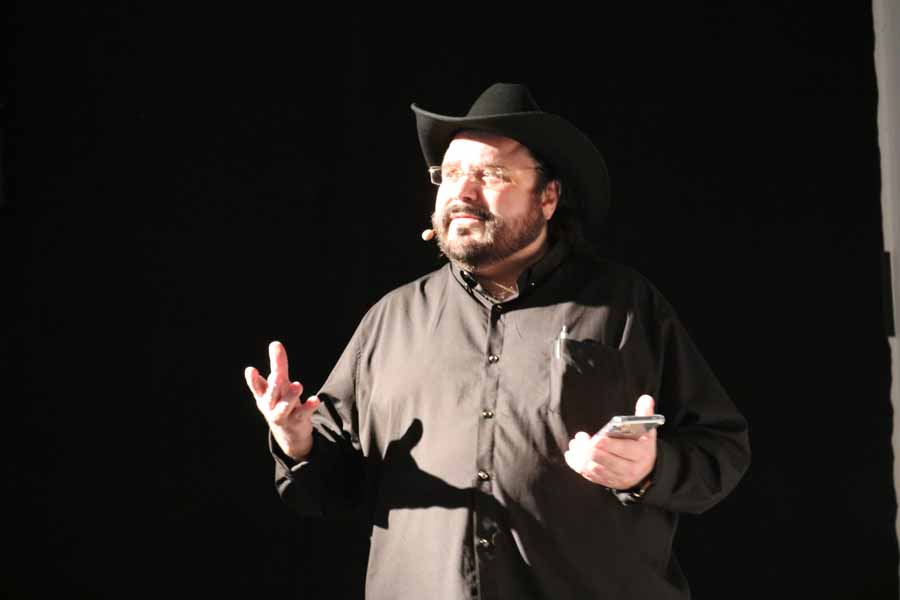
Clad in bamboo and elevated by a distinctive aluminium frame, the Aurora’s design is certainly striking in its looks with iFi telling us that the aesthetic was created by French product designer Julien Haziza, inspired by the architecture in Tokyo’s Omotesandō and Harajuku districts. Six drive units nestle behind the bamboo fins that curve around the Aurora’s sides, with a further two bass radiators underneath. The system’s control panel sits front and centre, with touch-sensitive controls and an OLED display inlaid with bamboo.

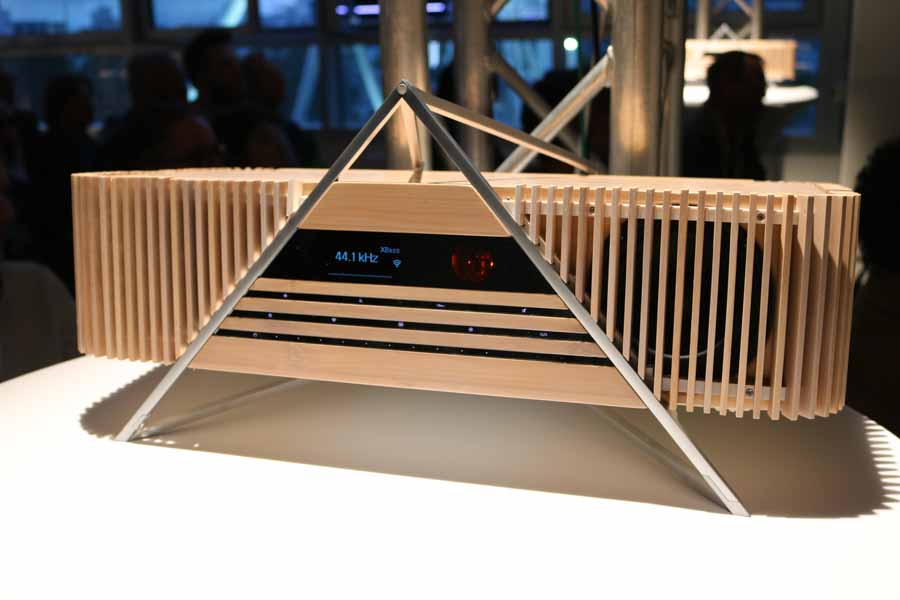
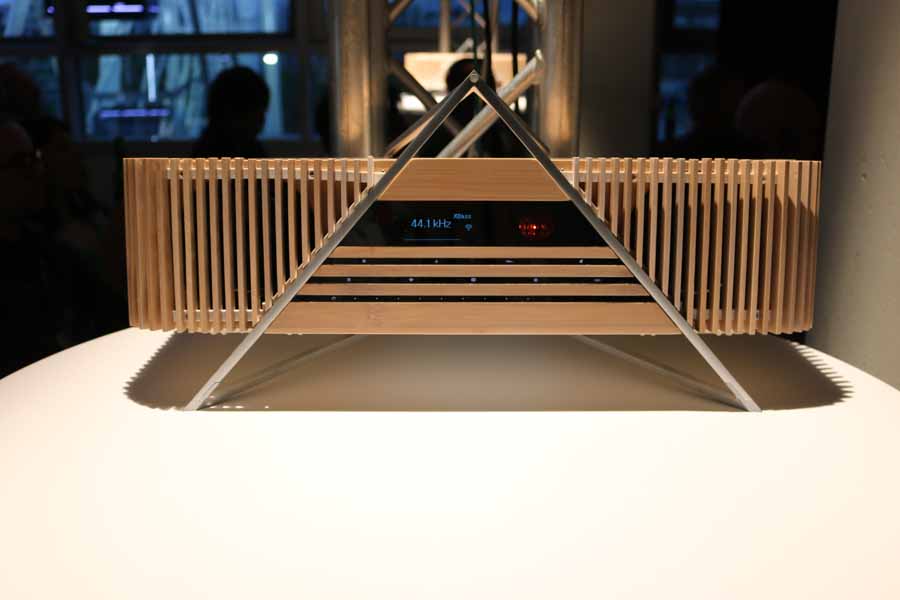

The Aurora connects to a home Wi-Fi network, enabling users to stream music via their favourite apps, or play audio files stored on networked devices such as computers and NAS drives. Bluetooth is also included, so that users may stream directly from any smart device.
It will suport data up to 32-bit/192kHz without conversion or downsampling via Wi-Fi, USB or Ethernet cable. The latest Bluetooth codecs are supported, including aptX HD, LDAC and LDHC, as well as AAC.
iFi tell us that connecting to a Wi-Fi network couldn’t be simpler, with push-button WPS set-up. Linkplay’s MUZO Player app – or any UPnP/DLNA streaming app – may be used to configure the system and control music. AirPlay and Spotify Connect are also supported.
Several Auroras may be linked together on a Wi-Fi network to make a multi-room system, playing in-sync, as they were on the night, or controlled individually.
At Aurora’s heart lies proprietary amp technology that iFi calls ‘PureEmotion’ – a hybrid circuit design comprising several key stages. The first of these – the preamp stage – incorporates a Russian 6N3P valve (visible through a window next to the OLED display). This takes the analogue audio signal delivered by the Aurora’s DAC (Digital-to-Analogue Converter) circuitry – based around a chip from ESS Technology’s 32-bit Sabre DAC family – and adds gain in preparation for further amplification. The resulting low-level signal then passes to the power amp stage – iFi’s ‘current multiplier circuit’. This is a highly efficient switching power amplifier, a description it has in common with Class D amplification – but there the similarity ends with iFi explaining “ iFi’s current multiplier circuit is entirely different because the switching frequency is fixed at an ultra-high level – around 1.5MHz, far beyond the audible frequency spectrum. This results in a high level of efficiency, multiplying the current supplied by the valve several thousand-fold, whilst maintaining far greater linearity and lower noise than typical switching amplifiers. Coupled to this is a low-pass circuit and a feedback loop, the latter ensuring the output frequency is ideal for the load, and everything is ‘clock-locked’ via iFi’s GMT (Global Master Timing) circuit to ensure unerring precision.”
The PureEmotion amp stage delivers a total of 320W to power the Aurora’s custom-made speaker drive units. The main drivers, of which there are four – two firing from the front and one from each side – sport a 120mm cone made from coated long-fibre paper. This is coupled to a large magnet, a basket that resonates above the audible range and extensive measures to ensure excursion is controlled and damped mechanically, so that clarity and control are maintained even at high volume levels. Unusually, these main drivers are deployed in a wide-bandwidth role to cover the vast majority of the audible frequency spectrum, rolling off towards very low and very high frequencies. The drive unit design, together with the inert nature of the Aurora’s housing – stiff, well-braced, naturally sound-absorbent bamboo with strategically placed damping material – enables a flat frequency response from around 60Hz to 8kHz. Avoiding the need for a crossover.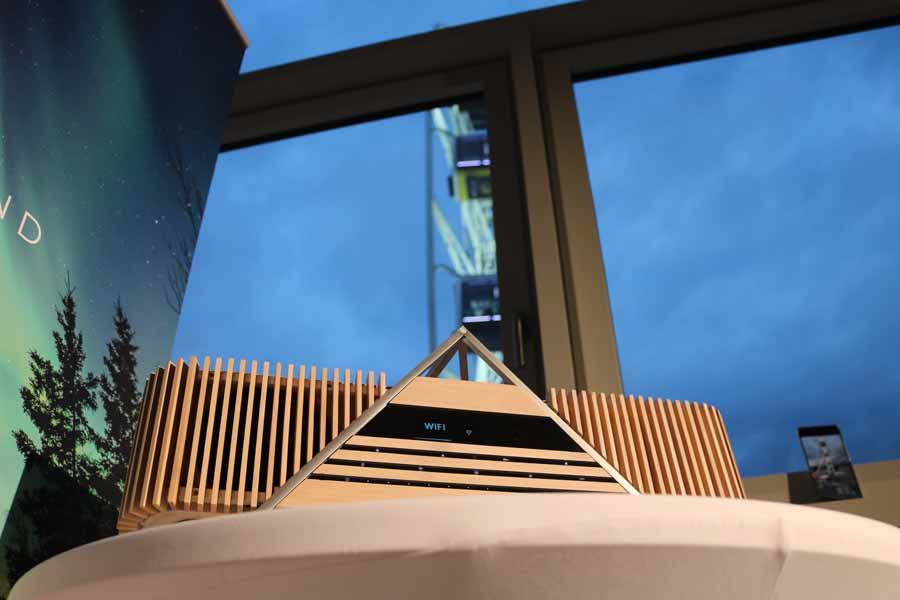

In addition, there are two 28mm silk-dome tweeters, one at each side, cover frequencies from 8kHz to 35kHz. With a simple first-order crossover for the smoothest possible transition and a shallow waveguide to provide time-alignment, these tweeters not only deliver high-frequency sounds such as cymbals but are also critical to the Aurora’s spacious soundstage, say iFi.
Two further drivers – a pair of rectangular passive bass radiators – fire downwards from the underside of the cabinet. The diaphragm used by these drivers is formed from a composite of carbon, iron and ethylene-vinyl acetate, a well-damped material enabling the correct resonant frequency to be obtained from a diaphragm of appropriate thickness. This is combined with a self-centring, double-ribbed rubber (presumably for extra pleasure) surround, negating the need for a basket.
iFi does not use DSP of this kind in any of its products; instead, the Aurora incorporates sound-tuning technologies that operate entirely in the analogue domain. SoundSpace is one such technology – this combines the drive unit array with a proprietary matrix, which adjusts the output from specific drivers at certain frequencies. iFi say that SoundSpace is fundamental to the Aurora’s “immersive, room-filling performance, enabling the soundstage to extend beyond the confines of the cabinet with expansive width, height and depth”.
TrueBass is another proprietary sound-tuning technology that operates strictly in the analogue domain and incorporates the two downward-firing bass radiators. Dual-level depth control means you can adjust the bass response according to taste – down to 27Hz.
The Aurora incorporates a ‘room correction’ system called ART (Automatic Room Tailoring), entirely developed in-house. At the press of a button, six microphones measure the distance to the surrounding walls using ultrasonic sound. Then, a 32-bit ARM Cortex microprocessor adjusts the output from the driver array to tailor Aurora’s performance. All the adjustments are made strictly in the analogue domain, without relying on DSP or feedback in the manner of many other room correction systems
You can purchase a rechargeable battery pack and attach it to Aurora’s 12v input, so you can take it outside for a garden party which is a pretty cool idea.
In addition to wireless connectivity, there are plenty of cable inputs to connect source devices. Optical, coaxial, USB and Ethernet inputs cater for digital sources, while 3.5mm socket provides an analogue input. There is even a slot for microSDHC cards – upload music onto a card and play it on the Aurora.
Aurora will be available from July 2019 at the following RRPs/MSRPs:
£1,299 (GBP) including VAT
€1,499 (Euro) including VAT
$1,299 (USD) excluding sales tax
If the sound coming out of this frankly beautiful box of tricks on the night is anything to go by, iFi are onto a bit of a winner with Aurora. It sounds MUCH bigger than its proportions would suggest and it looks fab. Personally, I’d definitely give it house room and I can see many others doing likewise!!
PMC
Right here is where you will read about what was, for me, the highlight of this year’s Munich High end, and I don’t say that lightly given some of the stunning kit we had the pleasure of seeing and hearing. Not only had PMC a couple of new speaker unveilings for us, they also had a remix in Dolby Atmos of Miles Davis’ Kind of Blue and Sketches of Spain – and both were absolutely STUNNING! I’m no fan of movies and surround sound and all that guff and never really thought of Atmos being used for music playback, but you know what, it works – or it works here and with these remixes!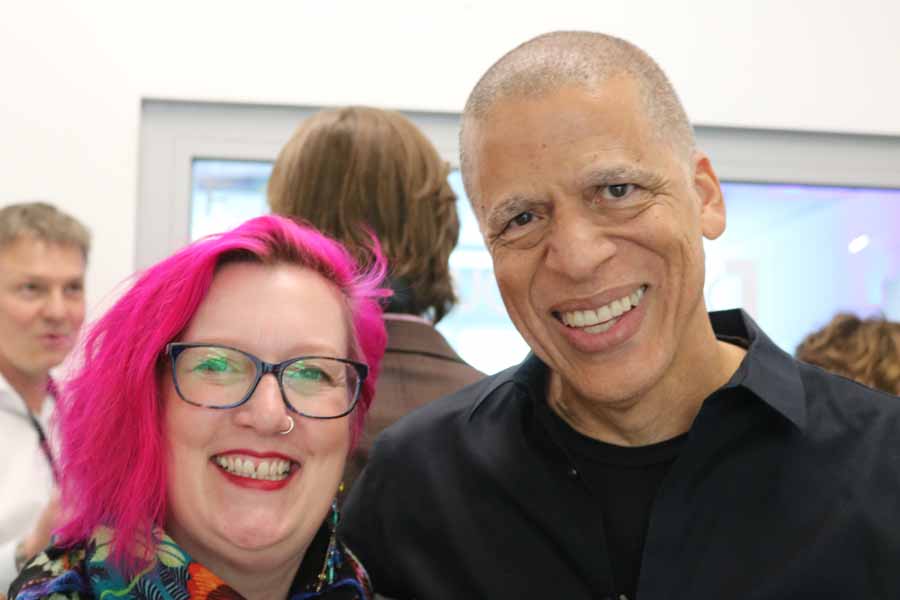
PMC had been given access to the original master tapes of the recordings and the whole was remixed at Capitol Studios in LA which is equipped with a full PMC Dolby Atmos system. They worked closely with the Miles Davis estate PMC USA’s Maurice Patist, Grammy Award winning engineer David Rideau and Senior Engineer Steve Genewick.
“A few years back David and I worked together on a presentation of Sketches of Spain in 5.1,” says Patist, “And the Miles Davis family were very happy with the results, so I went to them and said how about a Dolby Atmos mix for ‘Kind of Blue’ and ‘Sketches of Spain’? We were delighted when they said yes and arranged for the original master tapes to be retrieved from Sony’s Legacy Recordings for us to work with.”
Finishing the mix, the family were invited to Capitol to hear the results and immediately said, “People have to hear this! This is the way Miles’ music should be heard!” As a result of the reaction of the family and Sony executives, PMC has been granted exclusive permission to share the results with the audience at the High End Show. And in attendance to present this seminal album in Dolby Atmos were Erin Davis, son of Miles, and his drummer and nephew, Vince Wilburn, who together with Miles’ daughter Cheryl Davis manage Miles Davis’ estate and keep his legacy alive. How exciting and what an honour for us humble Hifi Pig’s to be able to chat with these kinds of people. However, we were declared cool enough to have a picture (or Lin was) with them with Erin saying that “You cats are so cool, we really need to get you out to LA!” 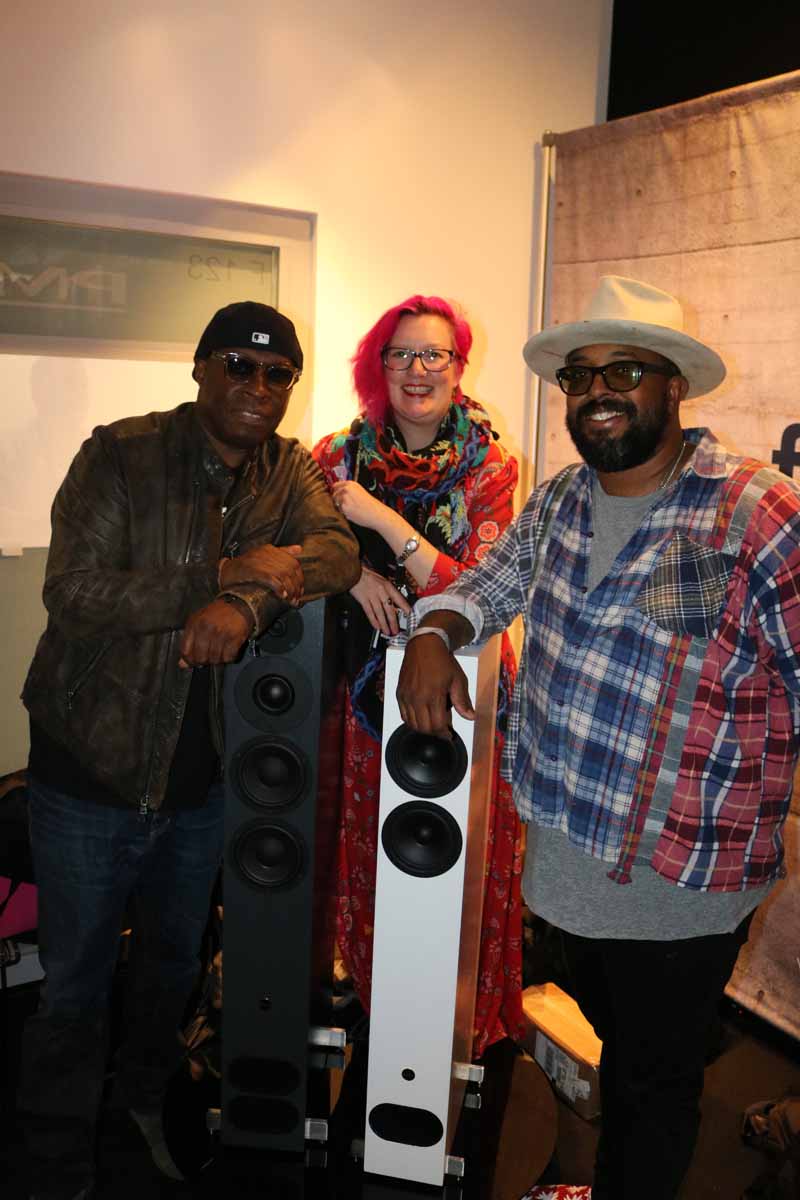
The system was PMC’s flagship model, the fact fenestria, complemented by an array of its Wafer on-wall speakers for the surround and height channels and a selection of its professional subwoofers, mimicking the system at Capitol Studios. 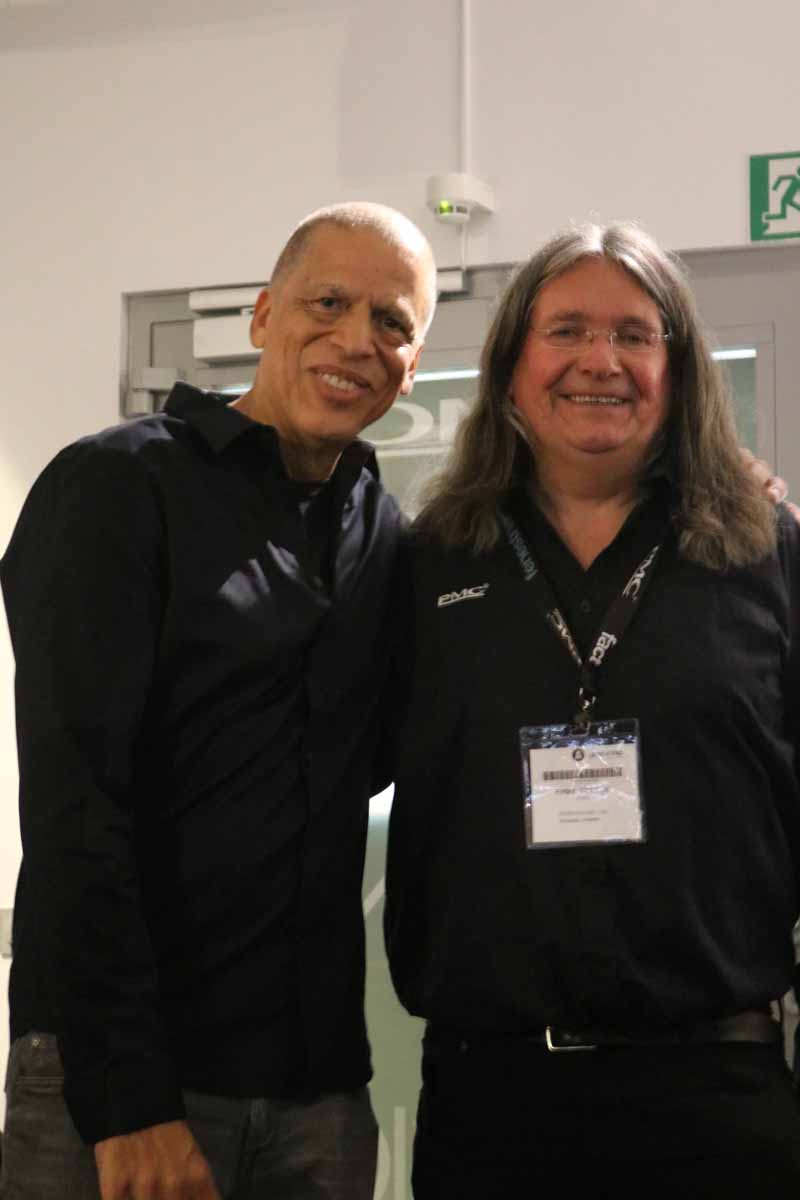
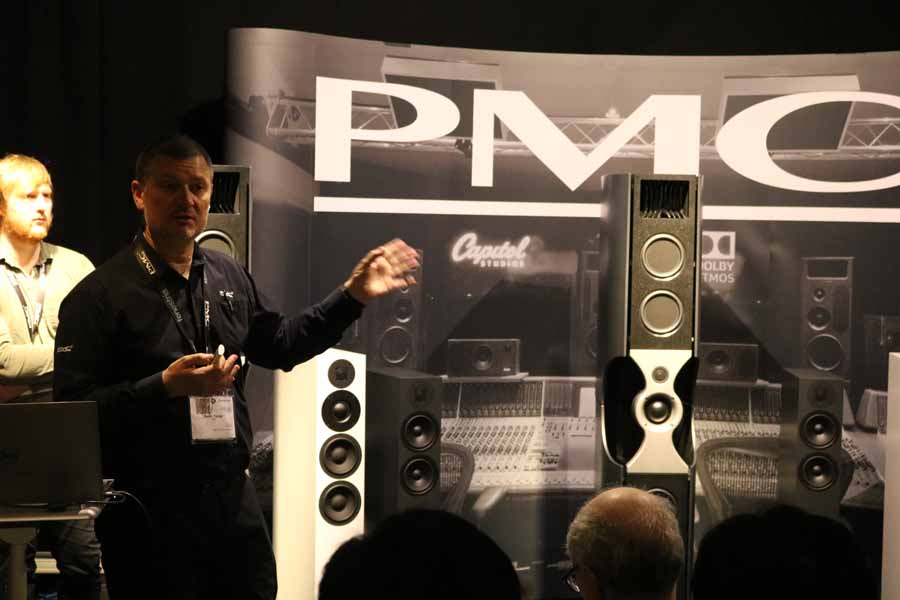
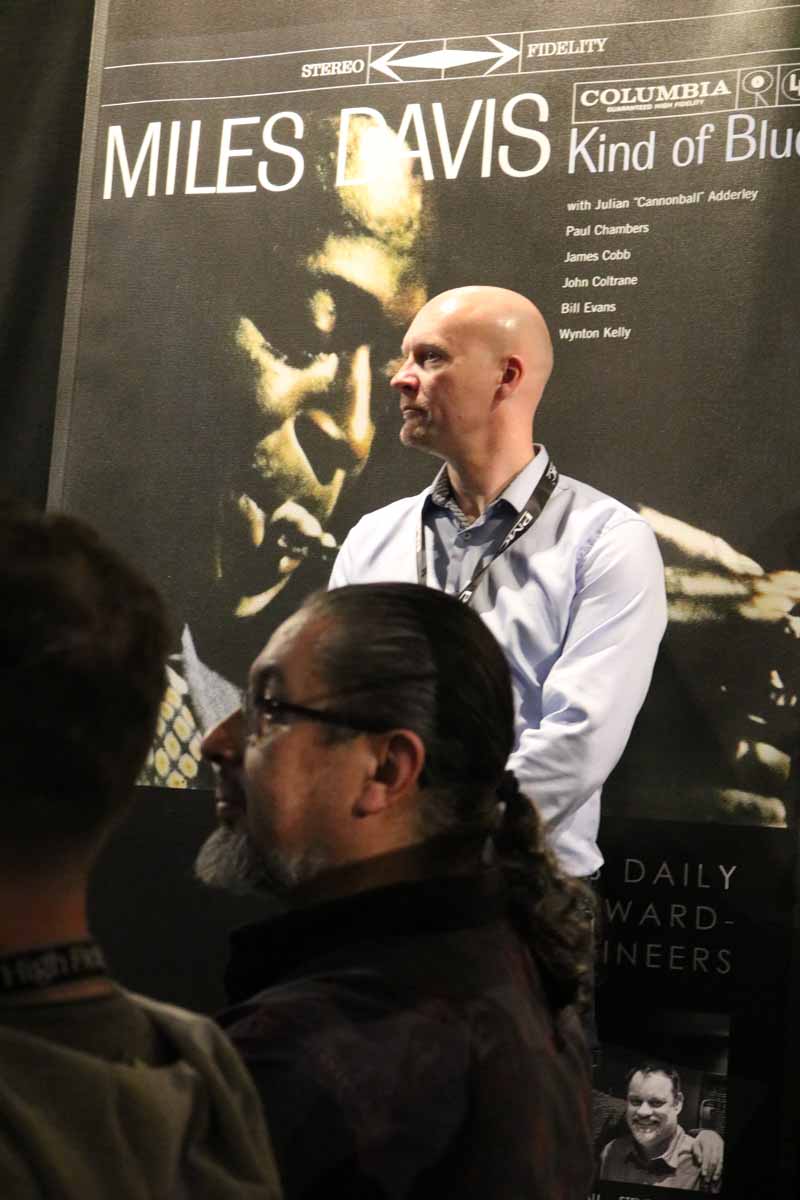

All I can say is that the sound we heard took the music to a whole new level and switching from the very good stereo mix to the Atmos was a bit of an eye-opener. STUNNING!
We were also got to take a look at the new fact signature series that are re-engineered versions of the fact.8 and fact.12 loudspeakers, with innovations and technology developed for the fenestria flagship. Keith Tonge of PMC gave us an intro to the new members of the fact family that have new crossovers, mounted on military-grade circuit boards, are populated with the same hand-selected components employed in the fenestria, with the positioning of each component carefully calculated to minimise unwanted interference. Audiophile grade switching, set into the solid aluminium back panel, permits tailoring of the bass and treble response of the speakers to create the perfect sound balance in the listening room. Connections to the amplifier are via silver coated binding posts and it is possible to bi/tri-wire or bi/tri-amp the speakers.
The two-way fact.8 signature and three-way fact.12 signature retain the familiar features of their predecessors. The SONOMEX™ dome treble unit is common across both models and the fact.12 utilises a hand-made 50mm dome midrange that incorporates design elements from the mid-range driver in fenestria. Fact.8 features light, super-stiff, natural fibre bass drivers and the fact.12 retains its bespoke woofers made from an ultra-light alloy cone. And, of course, both speakers have at their hearts PMC’s Advanced Transmission Line bass-loading technology. They are available in two new finishes: White Silk and Metallic Graphite.
The fact.8 signature and fact.12 signature will be available for RRP £6,995 (SRP €9,495) and RRP £14,995 (SRP €18,995) including VAT respectively and they are available from July 2019.
You can read more coverage both before and after the show by hitting this link.
Stuart Smith

















































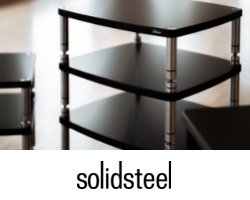
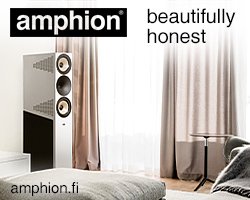
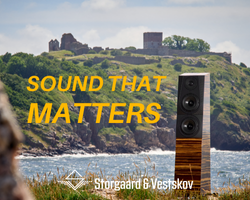

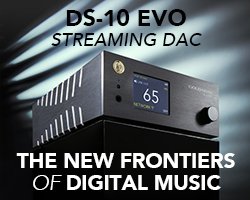



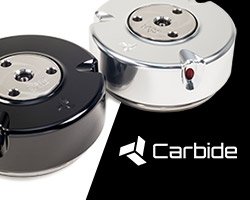
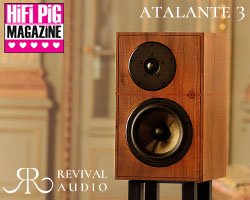










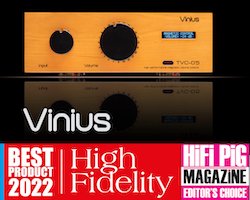






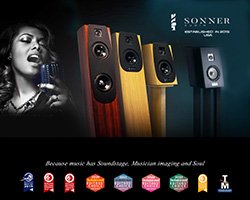
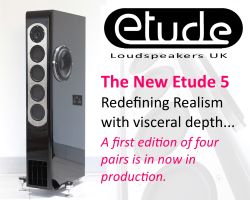





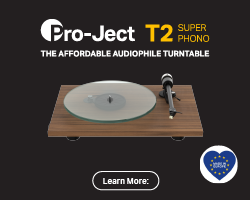


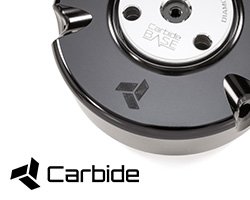

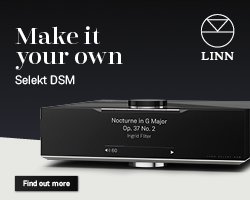














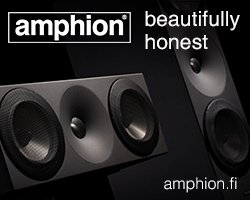
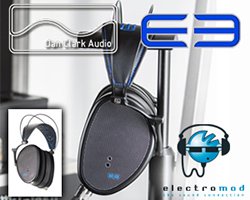
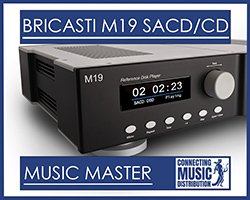
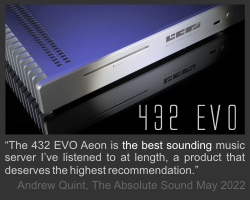
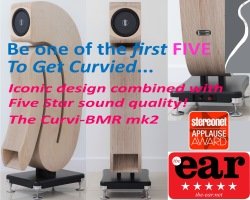




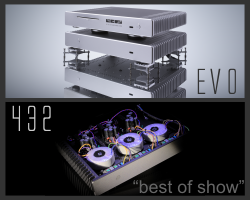
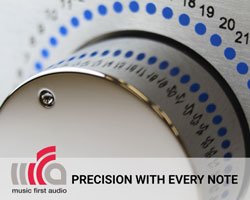


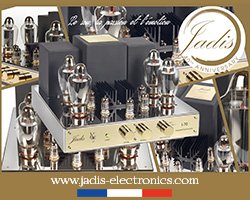



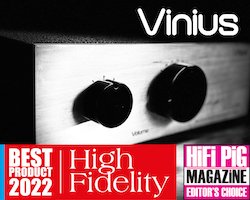
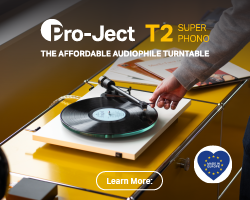
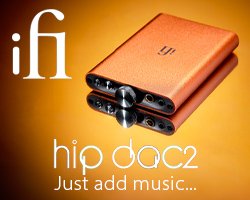



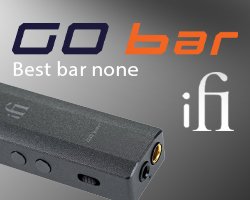

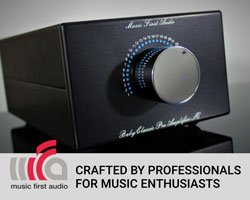



















































You must be logged in to leave a reply.